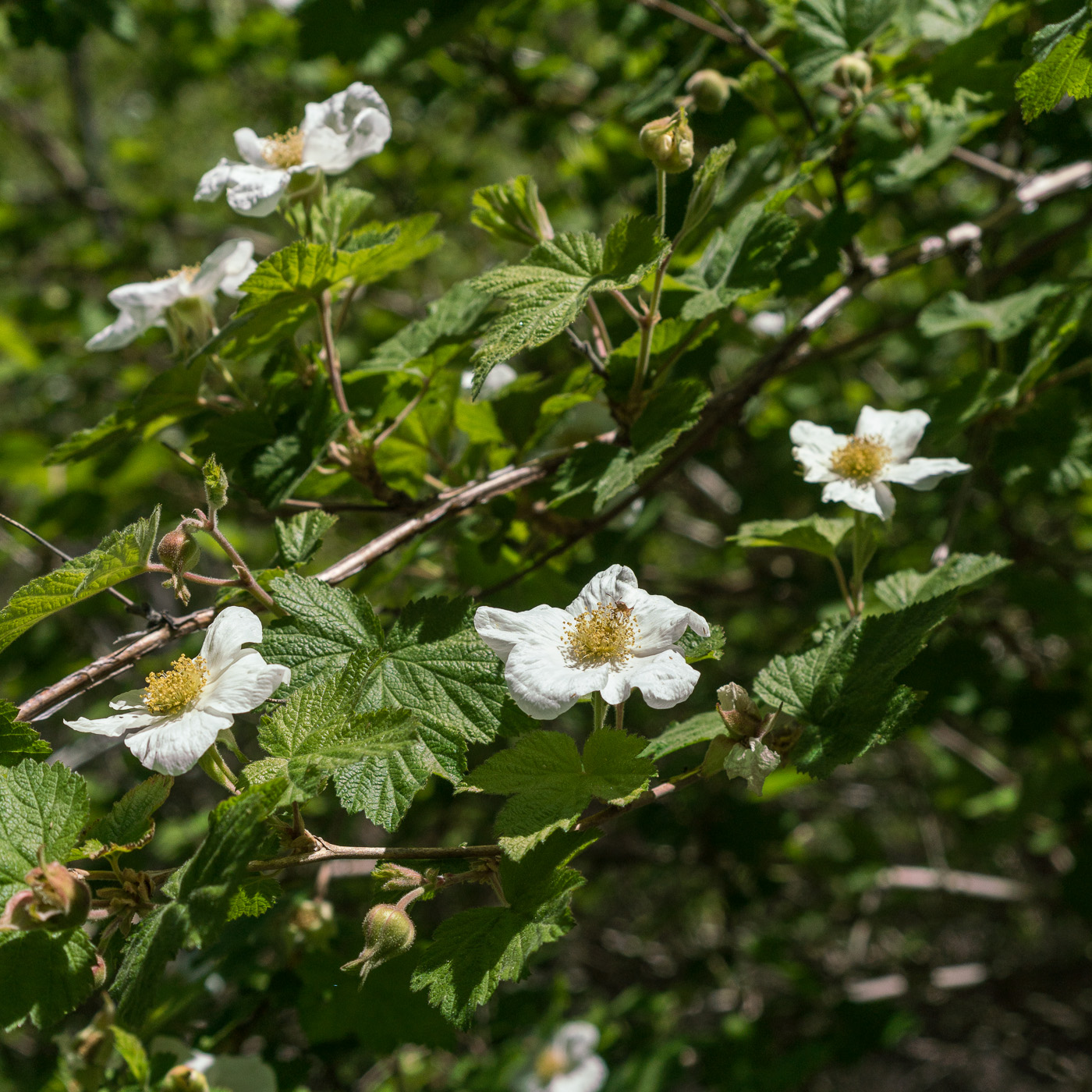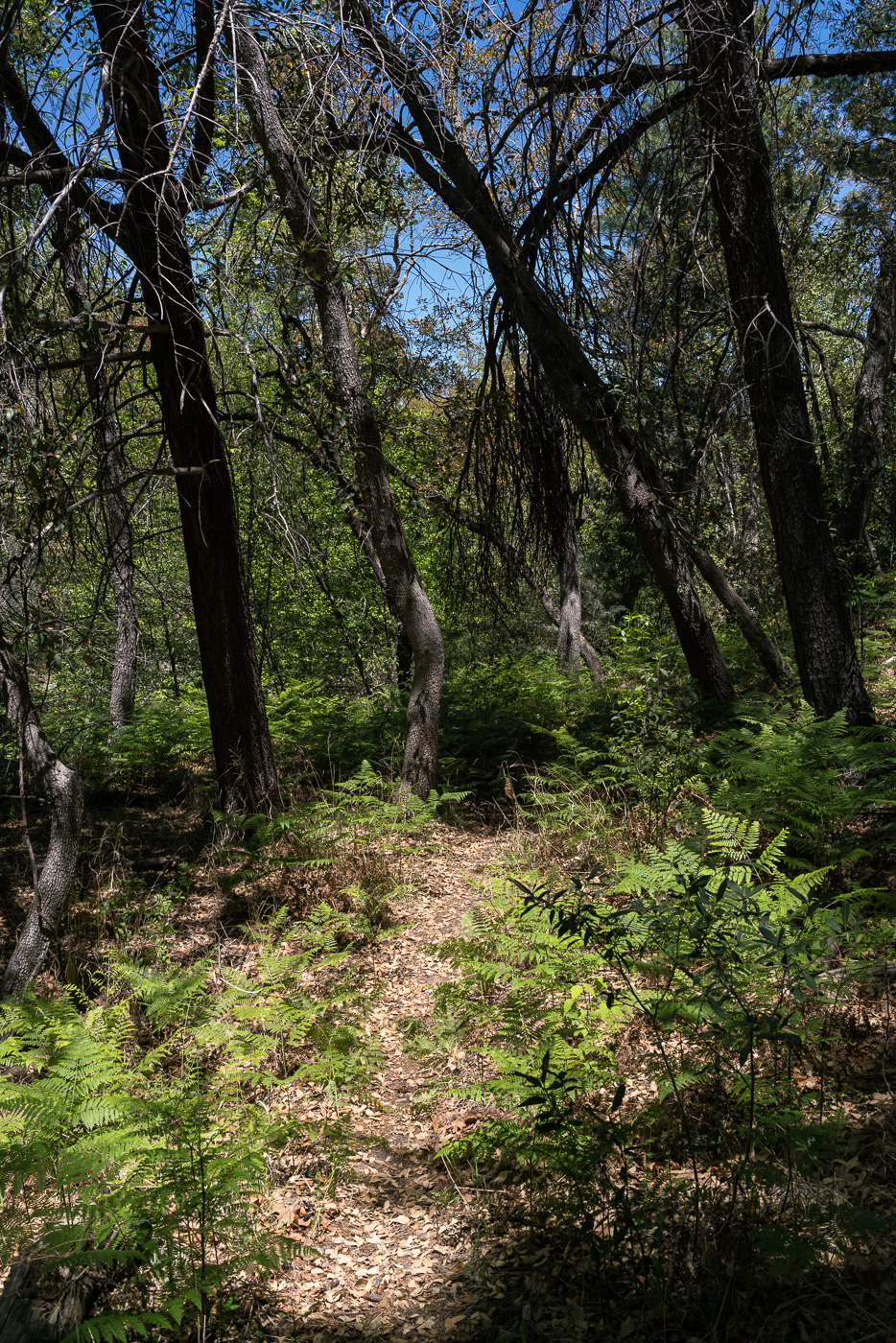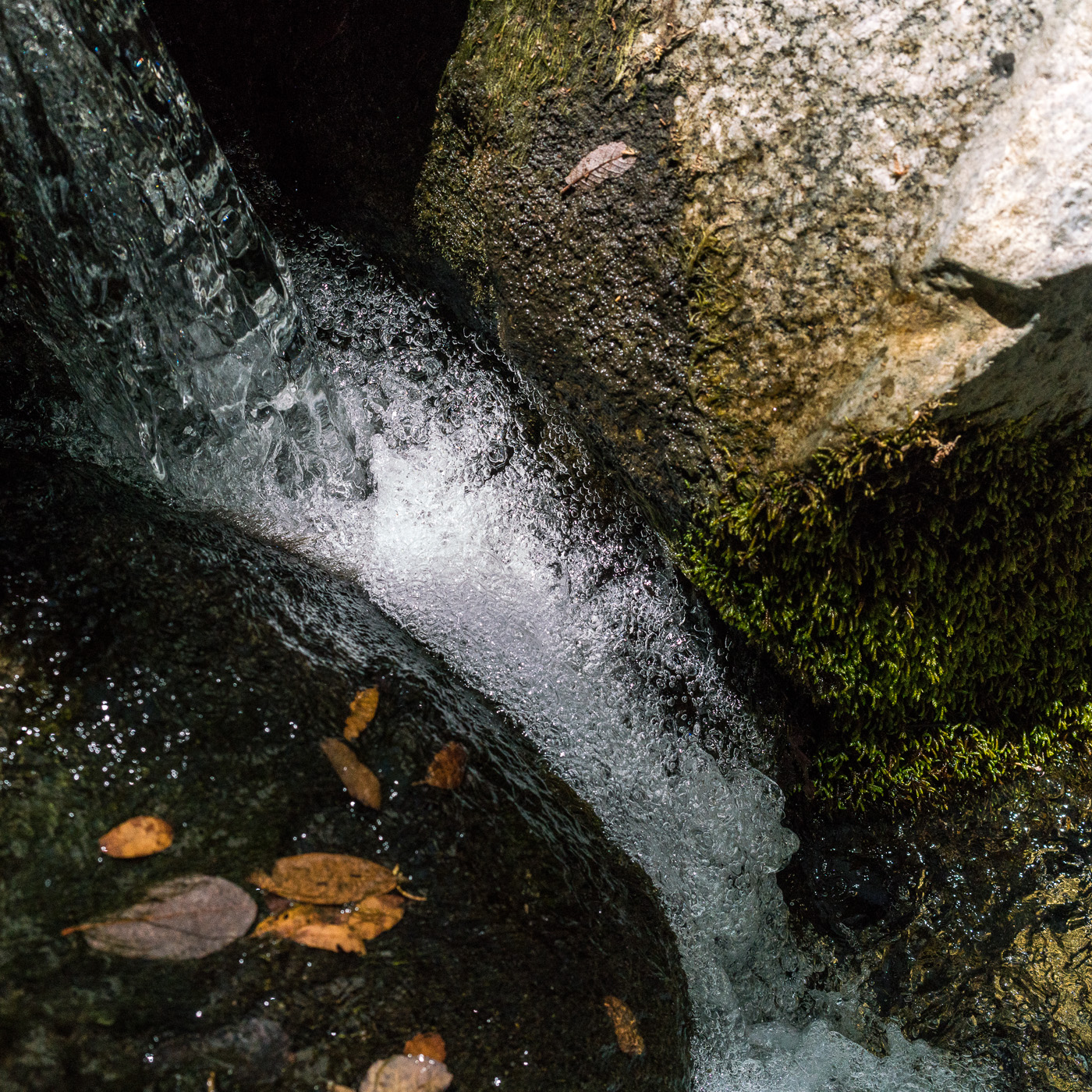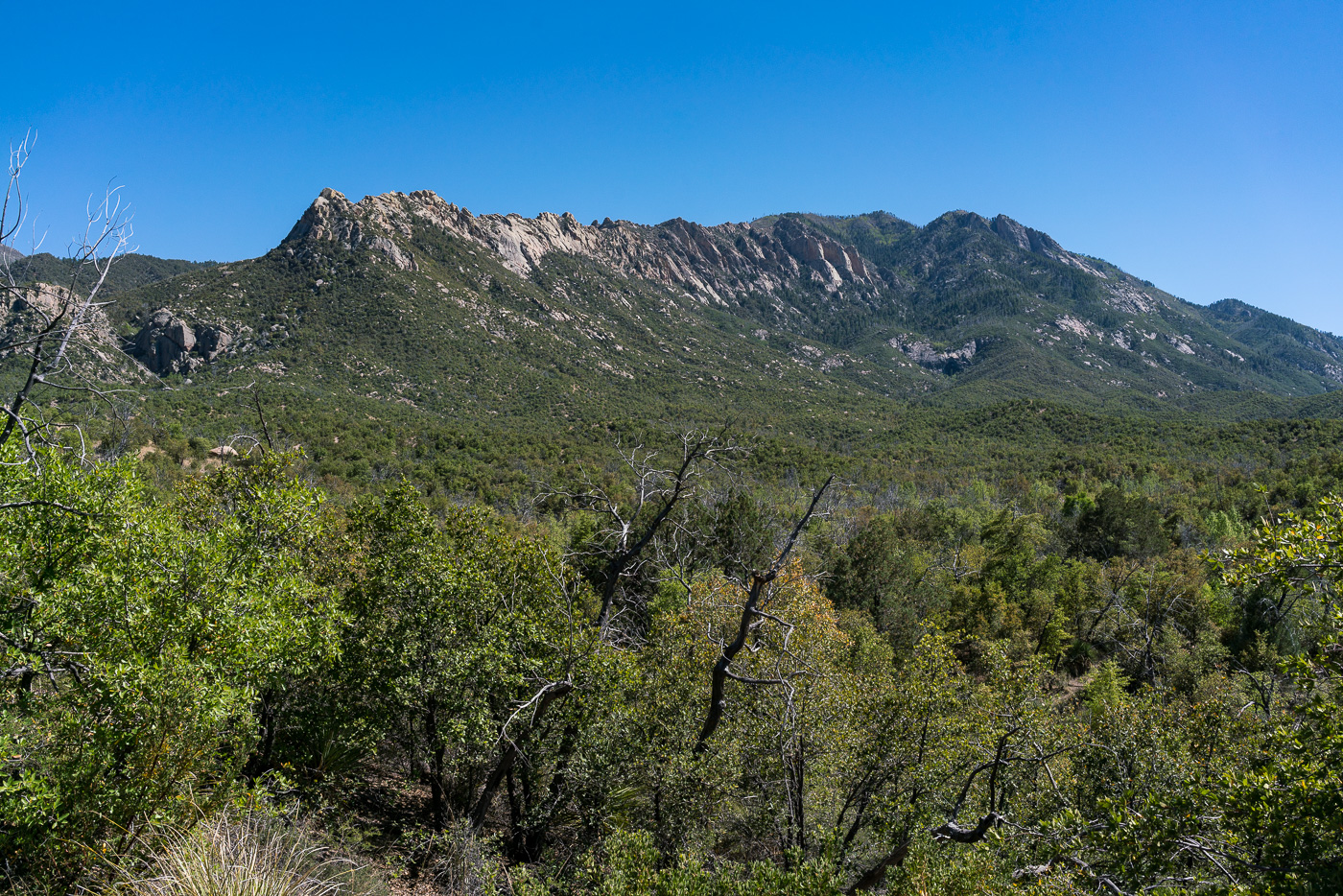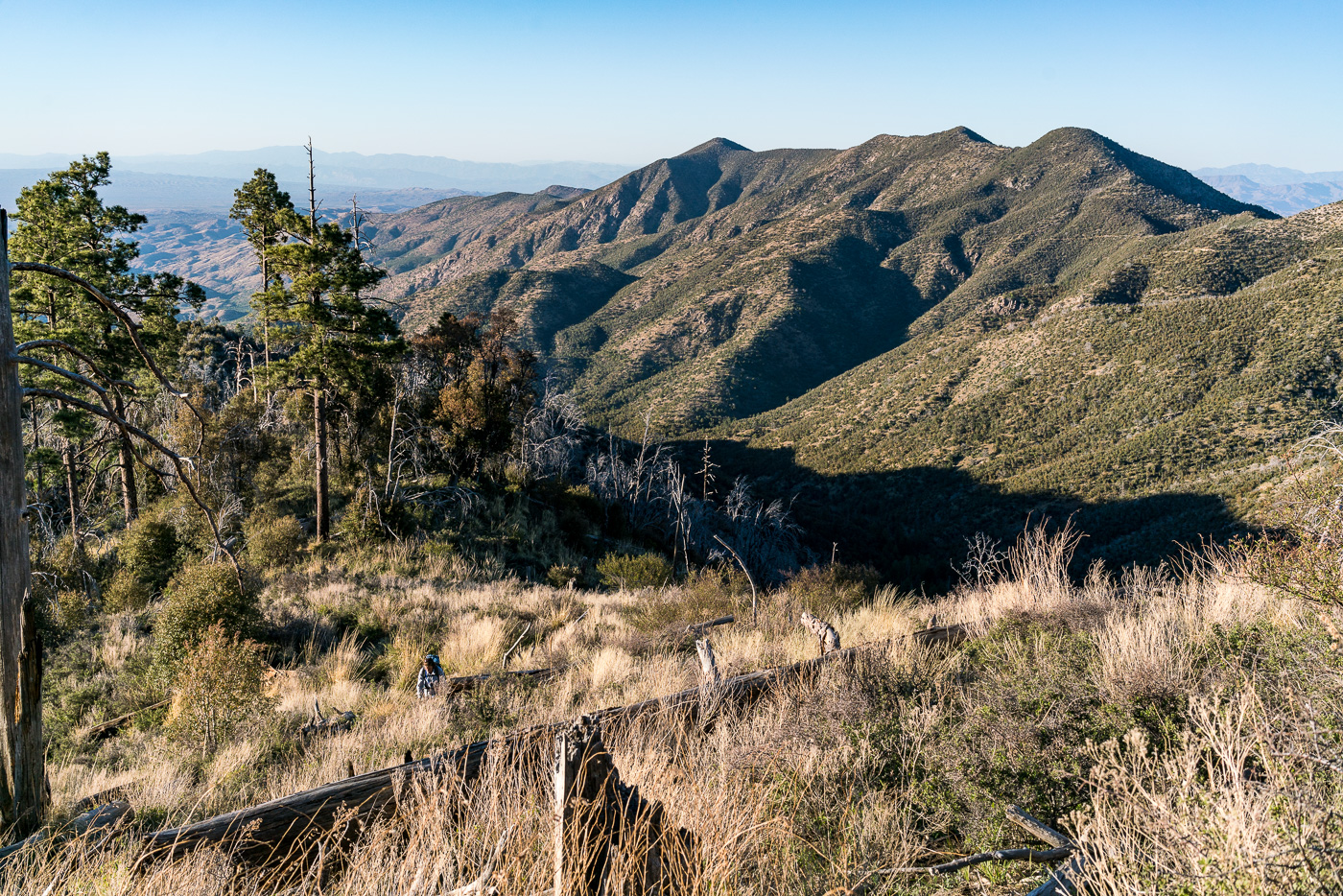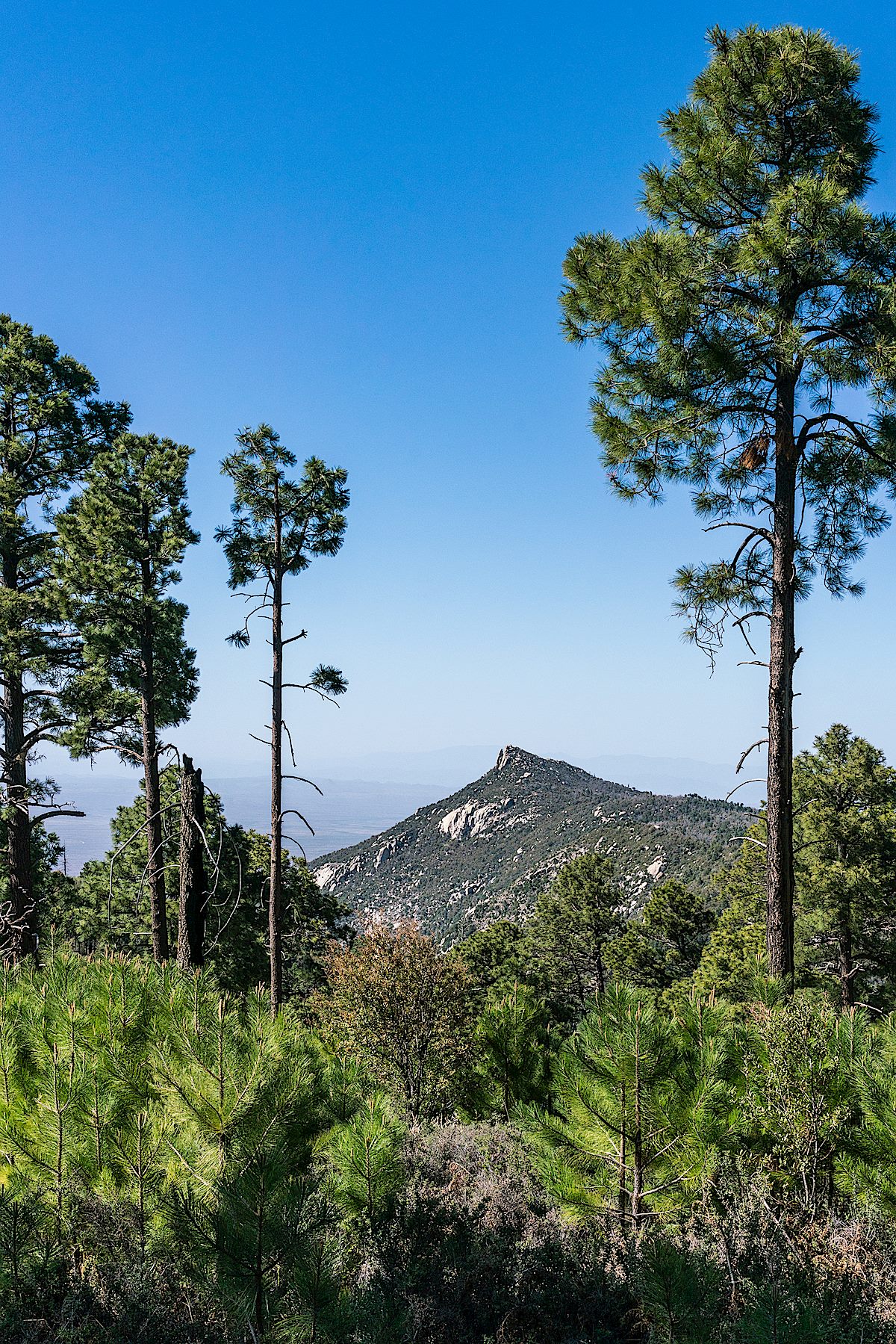
I have been into and by the CDO a number of times over the past few years, but 2013 was the last time I turned down the Samaniego Ridge Trail towards Samaniego Peak – too long! Samaniego Ridge burned in the 2003 Aspen Fire and while it has received attention since then these days it is overgrown and crisscrossed by downed tree – but with some care you can still follow the trail.
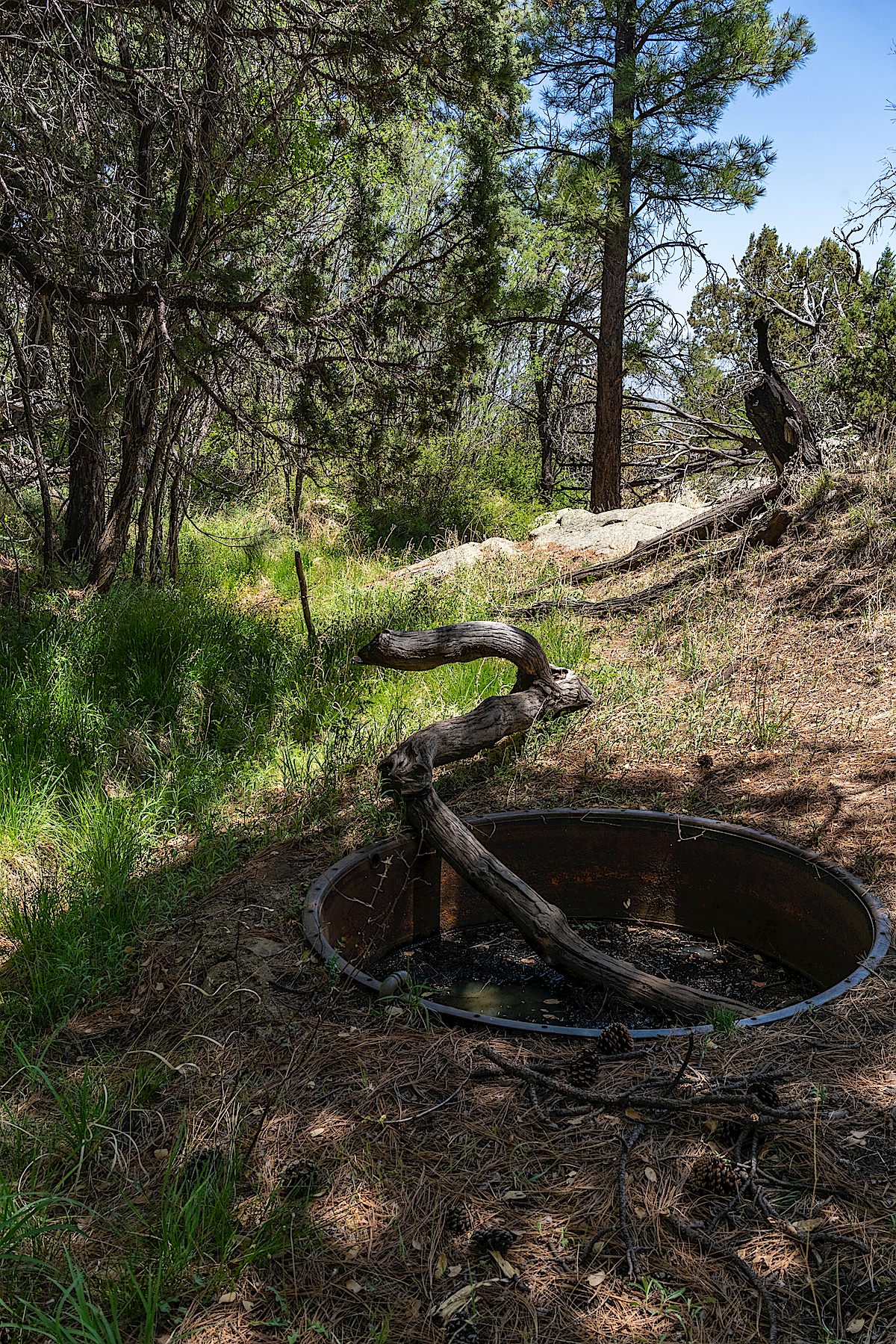
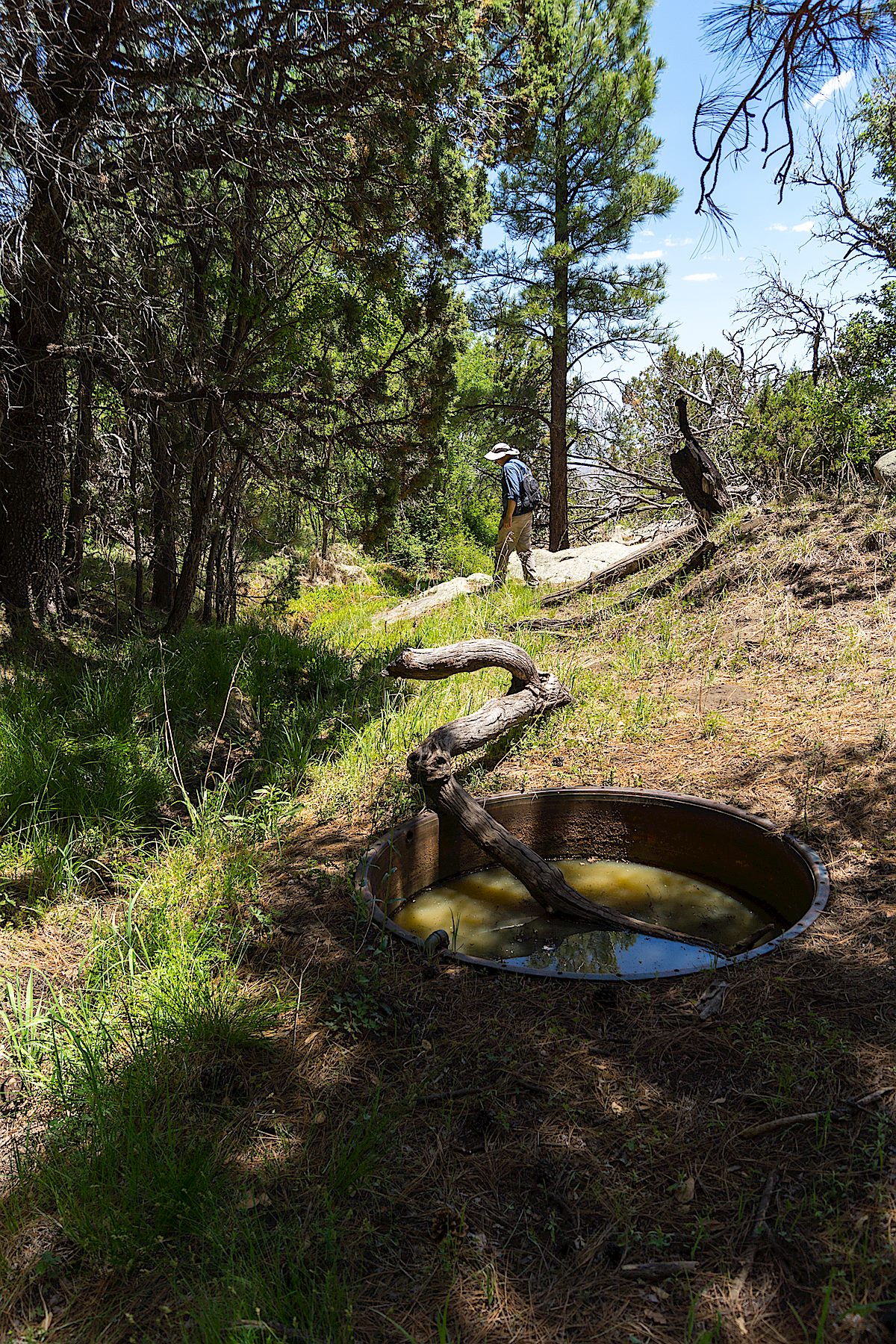
Walnut Spring largely looks the same as it did five years ago – a little less water in the tank and the trees are a bit bigger, but the same log into the tank, still water in the nearby drainage and green grass, and still a great place for a break before heading up to the peak.
In 2013 part of our ‘hike’ to the top was partly spent more-or-less crawling thru the dense post-fire growth – this trip I found a better route and even though the ‘better route’ is overgrown and loose it made getting to the top quite a bit more fun. It is not completely clear comparing my pictures from 2018 and 2013 but my best guess is that the growth on the hill is taller and drier this year.
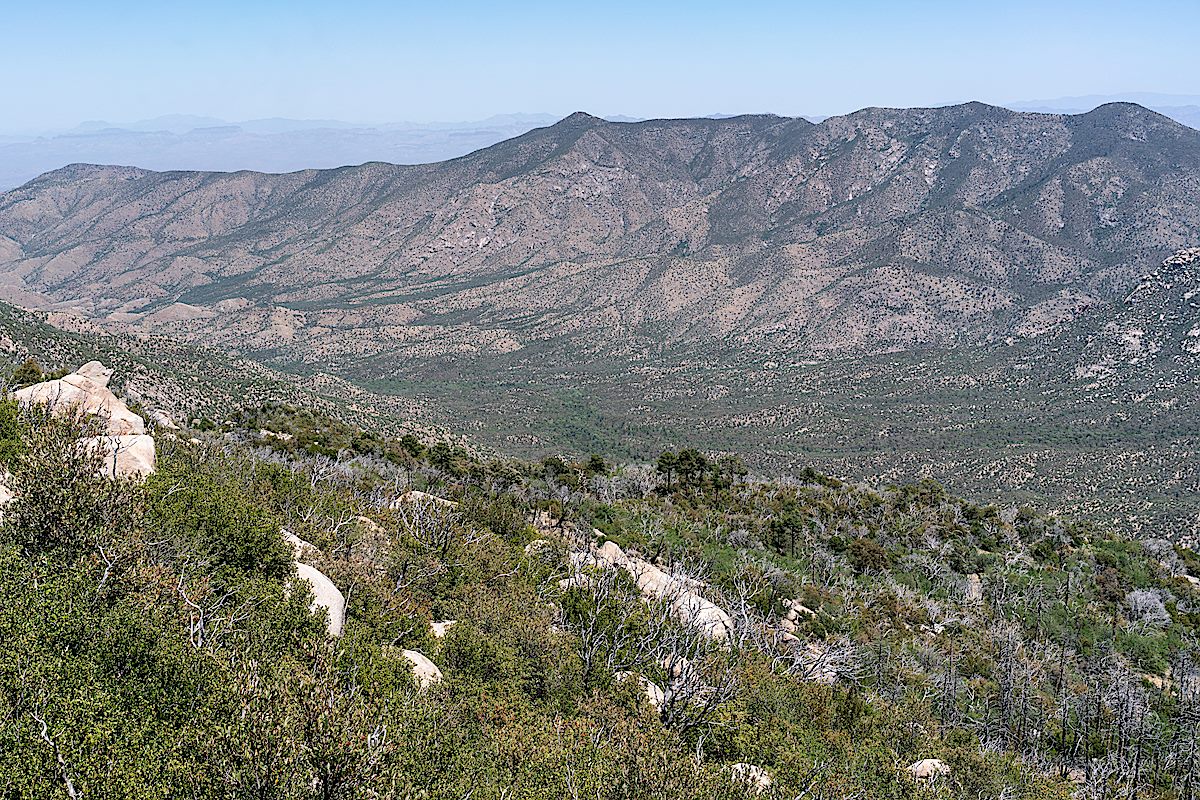
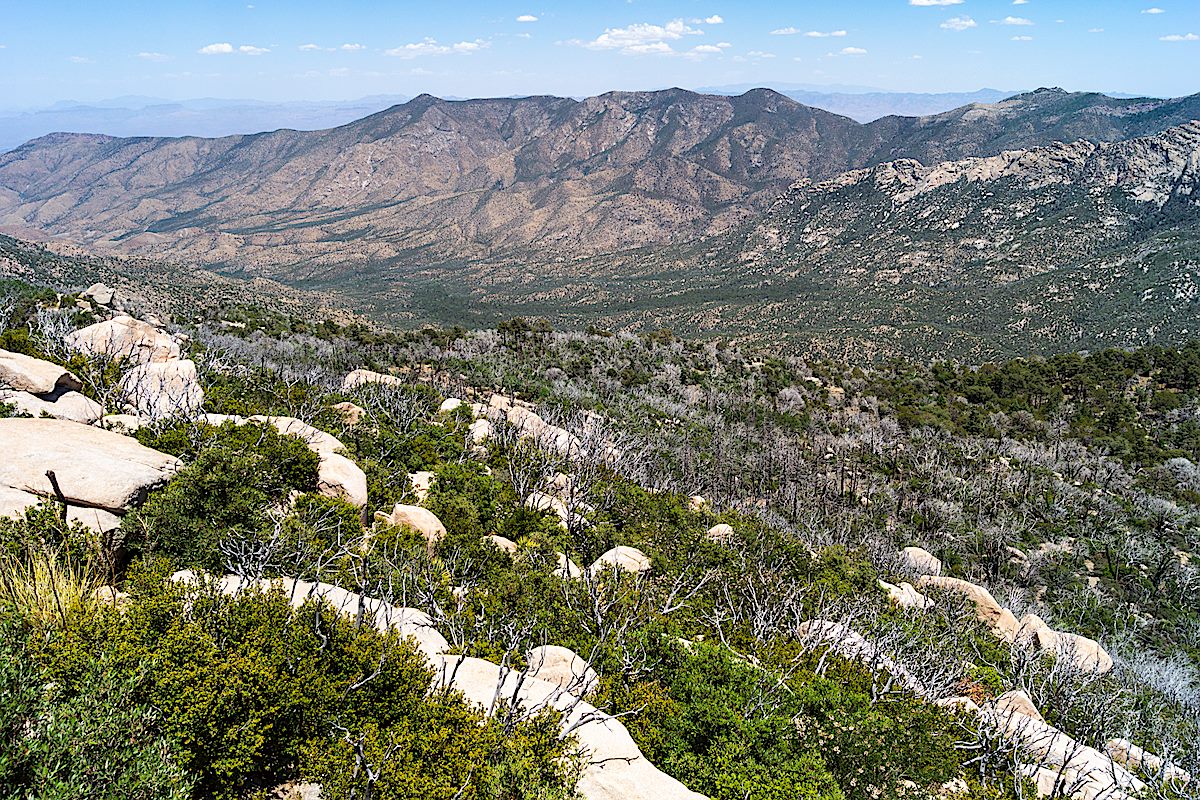
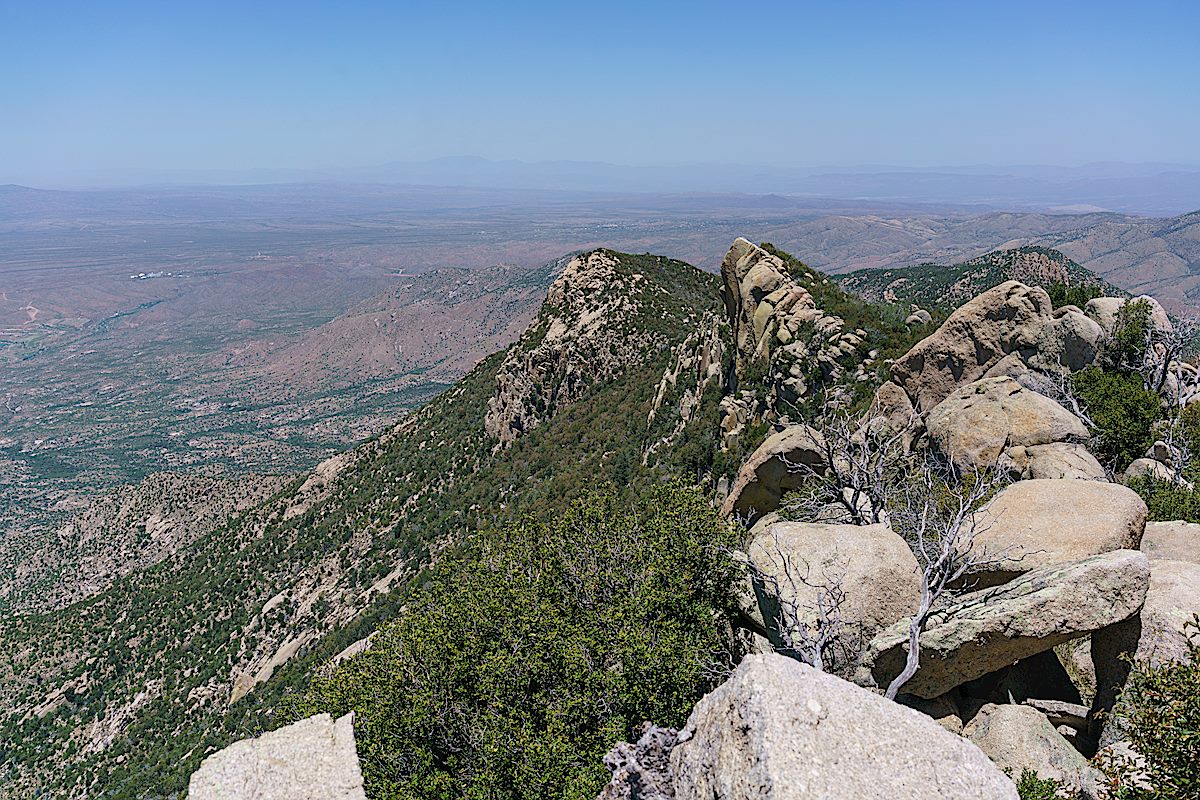
The peak and nearby ridge have fantastic views – along the ridge towards Mule Ears, down into the CDO, over to Oracle Ridge, back up to the top of the mountains and down into Catalina State Park and areas north. After finding some friends in the register it was time to make the long climb back up the mountain!
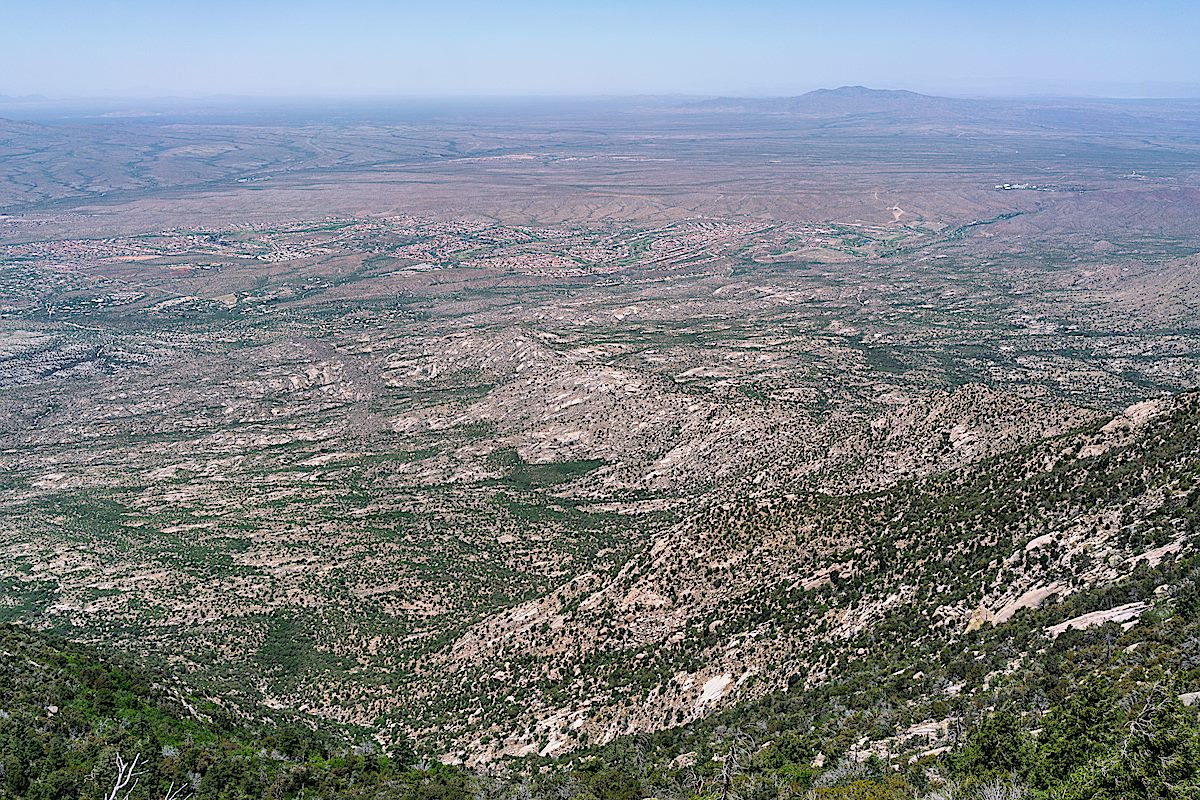
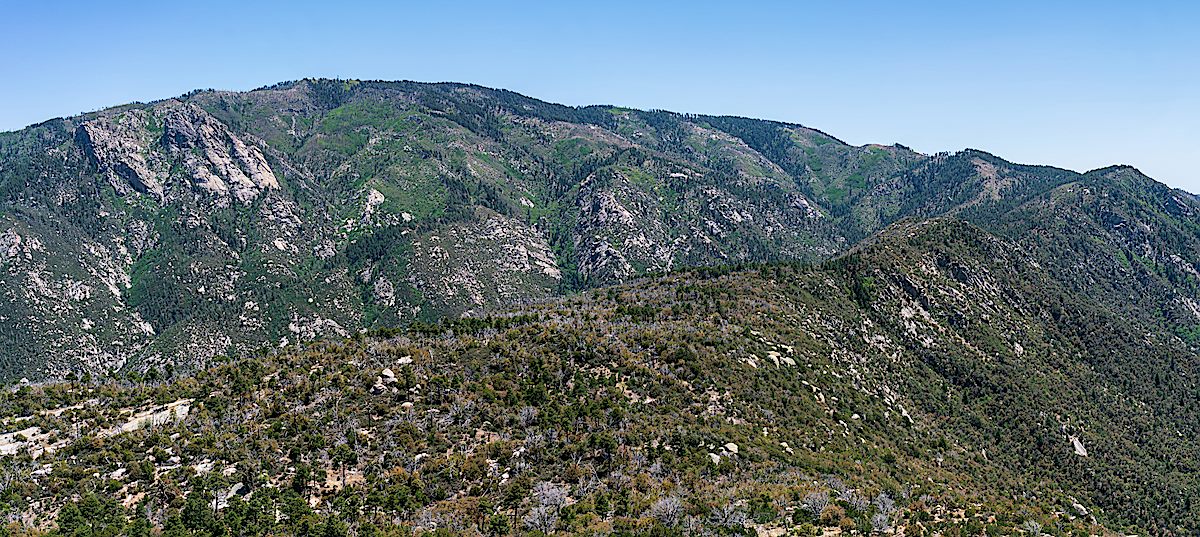
Samaniego Ridge and Peak take their name from Mariano G. Samaniego. Mariano Samaniego was born in Sonora, Mexico, in 1844. After his father’s death in 1850 Mariano’s mother Ysabel moved the family to La Mesilla, New Mexico. Mariano became a US citizen via the Gadsden Purchase in 1853. He graduated from St. Louis University in 1862 and worked briefly for the Texas Rangers as an interpreter for the Confederacy before returning to Mesilla. In 1864 he established a freighting company – a business he would continue into his time in Tucson. In 1867 he married Dona Delores Aguirre, the daughter of his business partner Don Pedro Aguirre. In 1869 the Samaniego family arrived in Tucson and in 1883 established the 1,000 acre Canada del Oro Ranch. The ranch had cattle, goats and farm land irrigated by water from the CDO. Apache attacks were a threat at this time and Samaniego was wounded several times in conflicts with the Apache. During the 1892 drought cattle were moved north to the Rancho de San Francisco in the Red Rock area after well-diggers hired Samaniego, neighbor Pedro Charouleau and brother-in-law Yjinio Aguirre were able to establish a well. After Samaniego’s death in 1907 the ranch was sold to his nephews Don Hinginio and Don Epifanio Aguirre – the ranch was sold again in 1927 and part of the land went to George Wilson for his Linda Vista Ranch.
Samaniego was the first Pima County Assessor, served on the Tucson City Council, Board of Supervisors, Territorial Legislature, University of Arizona Board of Regents and was the president of the Arizona Pioneers Historical Society. From Mexicanos: A History of Mexicans in the United States by Manuel G. Gonzales, p. 96:
Throughout his career, Samaniego sought to protect the rights of fellow Mexicanos, a concern that dominated his public career after the 1880s, when the strength of nativist sentiments began to alarm the Mexicano community. … Waging a tireless campaign to combat negative Mexican stereotypes, he defended the rights of his people to retain their own culture, doing everything possible to promote traditional customs and practices, including Mexican patriotic holidays and fiestas. He also sought to ameliorate the deteriorating economic conditions in the fledgling Mexicano barrios by promoting the organization of mutual-aid associations.

